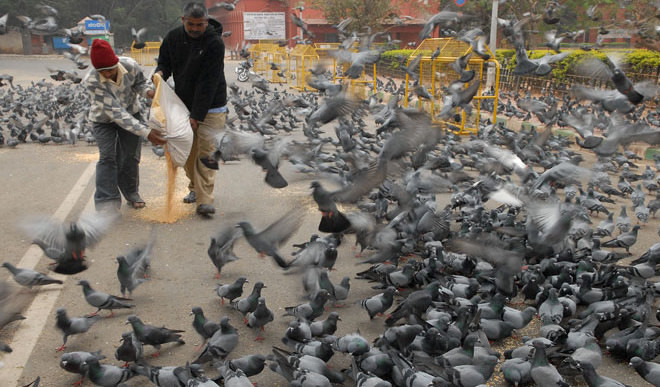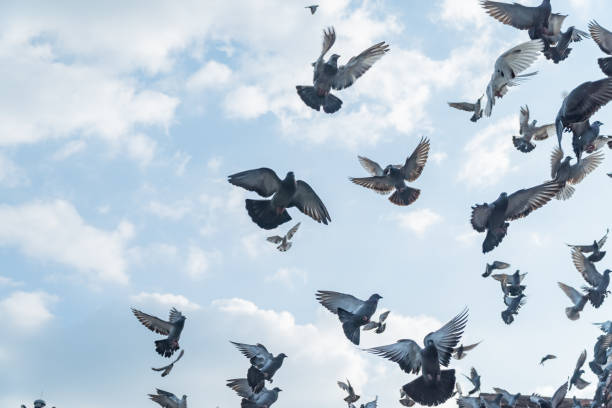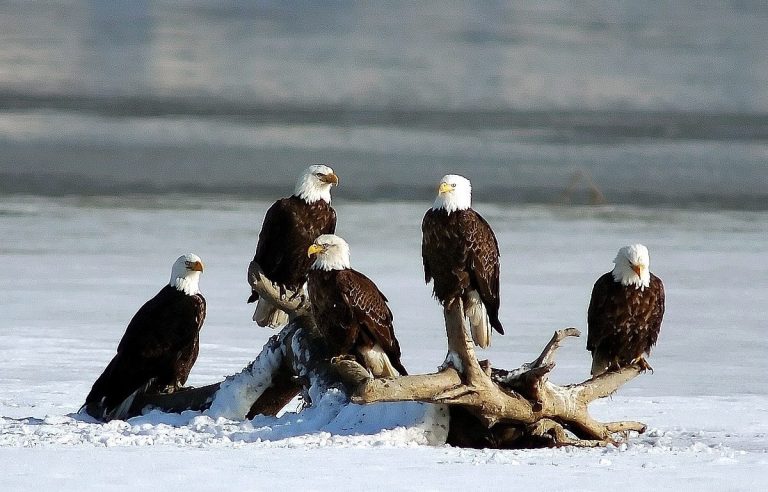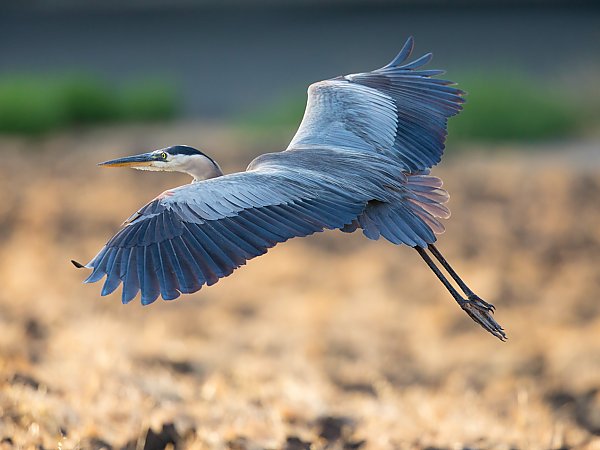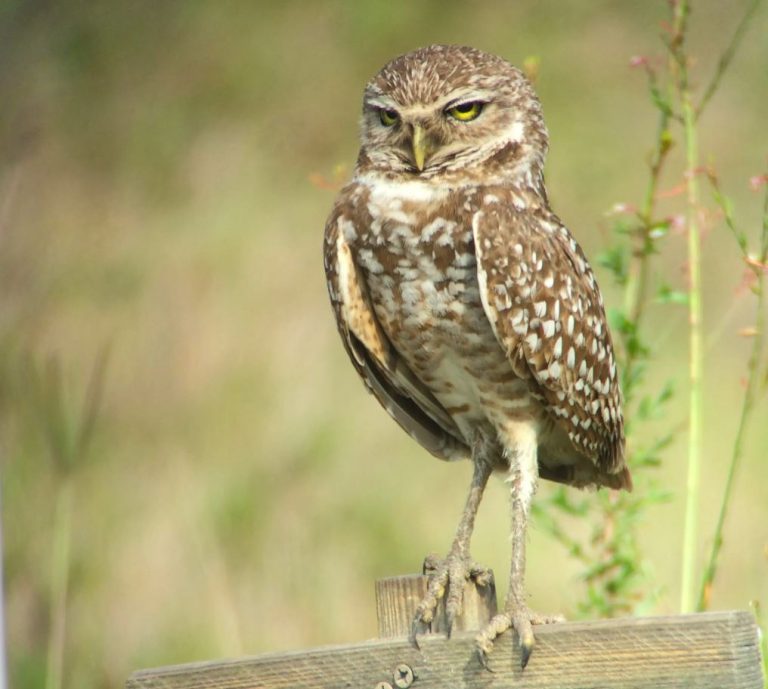What Is a Group of Pigeons Called? The Answer Might Surprise You!
When you think of pigeons, images of fluttering wings in city parks or clusters pecking at breadcrumbs likely come to mind. But have you ever paused to wonder: What is a group of pigeons called? The answer isn’t as simple—or as boring—as you might think. While “flock” is a common term, pigeon groupings have multiple names depending on their activity and setting.
In this article, we’ll explore the different terms used to describe groups of pigeons, their social behaviors, cultural significance, and fun facts that will forever change the way you view these humble city dwellers.
The Short Answer: What Is a Group of Pigeons Called?
The most common term for a group of pigeons is a flock, especially when they are flying or foraging together. However, that’s just scratching the surface. Depending on the situation, you might also hear:
- Kit – typically refers to a group of pigeons in flight, especially trained homing or racing pigeons.
- Loft – can refer to pigeons that live or roost together in a shared space, especially domesticated birds.
- Dropping – although rarely used, this term has been documented in older sources.
- Flight – sometimes used when a group of pigeons is airborne.
- Plague – a rather ominous and outdated term occasionally found in literature.
Surprised? You’re not alone. Many people don’t realize the variety of collective nouns available for these birds, and each one reveals something unique about pigeon behavior and human interaction with them.
Why So Many Names for a Group of Pigeons?
English is rich with collective nouns—many derived from medieval times—known as terms of venery. These names often reflect how animals behave or how humans have historically perceived them.
- The term “kit” originates from pigeon racing communities, where it’s used to describe a group of pigeons trained to fly together in a synchronized pattern.
- “Loft” refers to the space where domesticated pigeons live, but over time, it has also come to mean the group itself.
- “Flock” is more generic and applies to many bird species, including pigeons, making it the most widely understood term.
So, when someone asks, “What is a group of pigeons called?”—you could give several valid answers, each painting a slightly different picture of pigeon life.
Pigeon Behavior: Why They Group Together
To understand why pigeons gather in groups at all, we need to look at their behavior and survival strategies. Pigeons, like many birds, are social animals. Here’s why they form flocks:
1. Safety in Numbers
A group of pigeons can keep watch from multiple angles, helping them spot predators like hawks or cats more quickly. A tightly packed flock in flight can also confuse a predator and make it harder to single out one bird.
2. Foraging Efficiency
Whether in cities or rural environments, pigeons benefit from shared knowledge about food sources. If one pigeon finds food, others are likely to notice and follow, leading to gatherings of dozens—or even hundreds—around a single snack.
3. Breeding and Social Interaction
Pigeons are monogamous and form strong pair bonds. Groups make it easier to find mates and suitable nesting spots. The social hierarchy in a group of pigeons can also determine access to food, mates, and shelter.
The Urban Flock: City Life for Pigeons
Urban areas are hotspots for pigeons, and it’s common to see large groups of pigeons roosting under bridges, on rooftops, or around town squares. Why do pigeons thrive in cities?
- Abundant food: Human activity provides an endless buffet of scraps.
- Safe nesting sites: Ledges and buildings mimic the cliff faces pigeons originally favored.
- Fewer natural predators: Although hawks and falcons exist in cities, they’re fewer than in the wild.
These urban flocks often grow into large, semi-permanent groups that stay close to one geographic area unless disturbed.
Fun Fact: Pigeons Have Been Domesticated for Over 5,000 Years
Did you know pigeons were one of the first birds to be domesticated by humans? Their history with us dates back to ancient Mesopotamia and Egypt. People have kept pigeons for:
- Meat and eggs
- Messages (homing pigeons played a vital role in wars)
- Racing
- Companionship
Pigeons are still bred in specialized lofts, and when trained, their group behavior becomes even more synchronized and impressive.
Cultural and Religious Significance of Pigeons
In many cultures, pigeons and doves (a closely related species) are seen as symbols of:
- Peace
- Love
- Purity
- Loyalty
In Hinduism, feeding pigeons is considered a virtuous act. In Christianity, the dove represents the Holy Spirit. In Islam, pigeons are protected in Mecca, where harming them is forbidden.
The sight of a group of pigeons taking off in unison has inspired poets, painters, and photographers for centuries.
How Many Pigeons Are in a Group?
There’s no strict number, but here’s a general guideline:
| Group Type | Pigeon Count | Description |
|---|---|---|
| Pair | 2 | Mated male and female |
| Small flock/kit | 5–20 | Flying or foraging together |
| Urban flock | 20–200+ | Found around cities, town squares |
| Loft | Varies | Domesticated birds in a shared home |
Some flocks in cities like New York or London have been estimated to number in the thousands!
Pigeon Communication Within a Group
Pigeons use a mix of vocalizations, body language, and even wing sounds to communicate with one another.
- Cooing: Used for mating, bonding, and territory.
- Wing clapping: An alarm signal or part of courtship display.
- Body puffing: A sign of aggression or dominance.
In a group of pigeons, these signals help maintain order, especially during feeding or nesting.
Do Pigeons Migrate in Groups?
Pigeons are generally non-migratory, but they do fly in coordinated groups over long distances, especially racing pigeons or those seeking food. Unlike geese or swans, they don’t have seasonal migratory paths.
However, feral pigeons can travel miles from their roost if food is scarce, and they usually travel in a kit when doing so.
Pigeon Grouping vs. Other Birds
It’s interesting to compare the terminology across birds:
| Bird Species | Group Name(s) |
|---|---|
| Pigeons | Flock, Kit, Loft, Dropping |
| Crows | Murder |
| Owls | Parliament |
| Flamingos | Flamboyance |
| Swans | Bevy, Wedge (in flight) |
As you can see, pigeons have some of the most practical yet varied group names, reflecting their everyday presence in our lives.
Common Misconceptions About Pigeon Flocks
1. They’re Dirty and Disease-Ridden
While large groups of pigeons can create messes, the idea that they’re inherently dirty is largely exaggerated. Studies have shown that the health risk posed by pigeons is minimal in most urban settings.
2. All Pigeons Are the Same
The common rock pigeon (Columba livia) is just one of many pigeon species. Others, like the Victoria crowned pigeon or Nicobar pigeon, live in the wild and may group differently.
3. They Only Live in Cities
Groups of pigeons can be found in rural areas, cliffs, and even forests. The city pigeon is just the most visible member of the family.
How to Attract (or Deter) a Group of Pigeons
Depending on your perspective, you might love having pigeons around—or not. Here’s how to handle both situations:
To Attract:
- Offer grains like millet, corn, or sunflower seeds.
- Provide clean water for drinking and bathing.
- Install perching areas and ledges.
To Deter:
- Use bird spikes on ledges.
- Employ reflective deterrents like CDs or mirrors.
- Avoid intentional feeding in public areas.
Frequently Asked Questions (FAQs)
Q: What is a group of pigeons called when flying?
A: A group of flying pigeons is often called a kit or a flight, especially among pigeon racers.
Q: Are the terms “kit” and “flock” interchangeable?
A: Not exactly. “Flock” is more general, while “kit” refers to trained pigeons flying together, typically in a choreographed pattern.
Q: How intelligent are pigeons in groups?
A: Very. Pigeons can recognize themselves in mirrors, remember faces, and use tools—skills that are enhanced in group learning environments.
Q: Do pigeons live in groups permanently?
A: Urban pigeons often live in stable groups year-round, especially if food and nesting spots are consistent.
Final Thoughts: More Than Just a Flock
So, what is a group of pigeons called? The answer depends on the context, but whether it’s a flock, kit, or loft, one thing’s clear: pigeons are more than just background birds. They’re social, intelligent, and deeply entwined with human history.
The next time you see a group of pigeons fluttering across a plaza, take a moment to appreciate the subtle dynamics at play. There’s more going on in that group than meets the eye—and now you know exactly what to call them.

